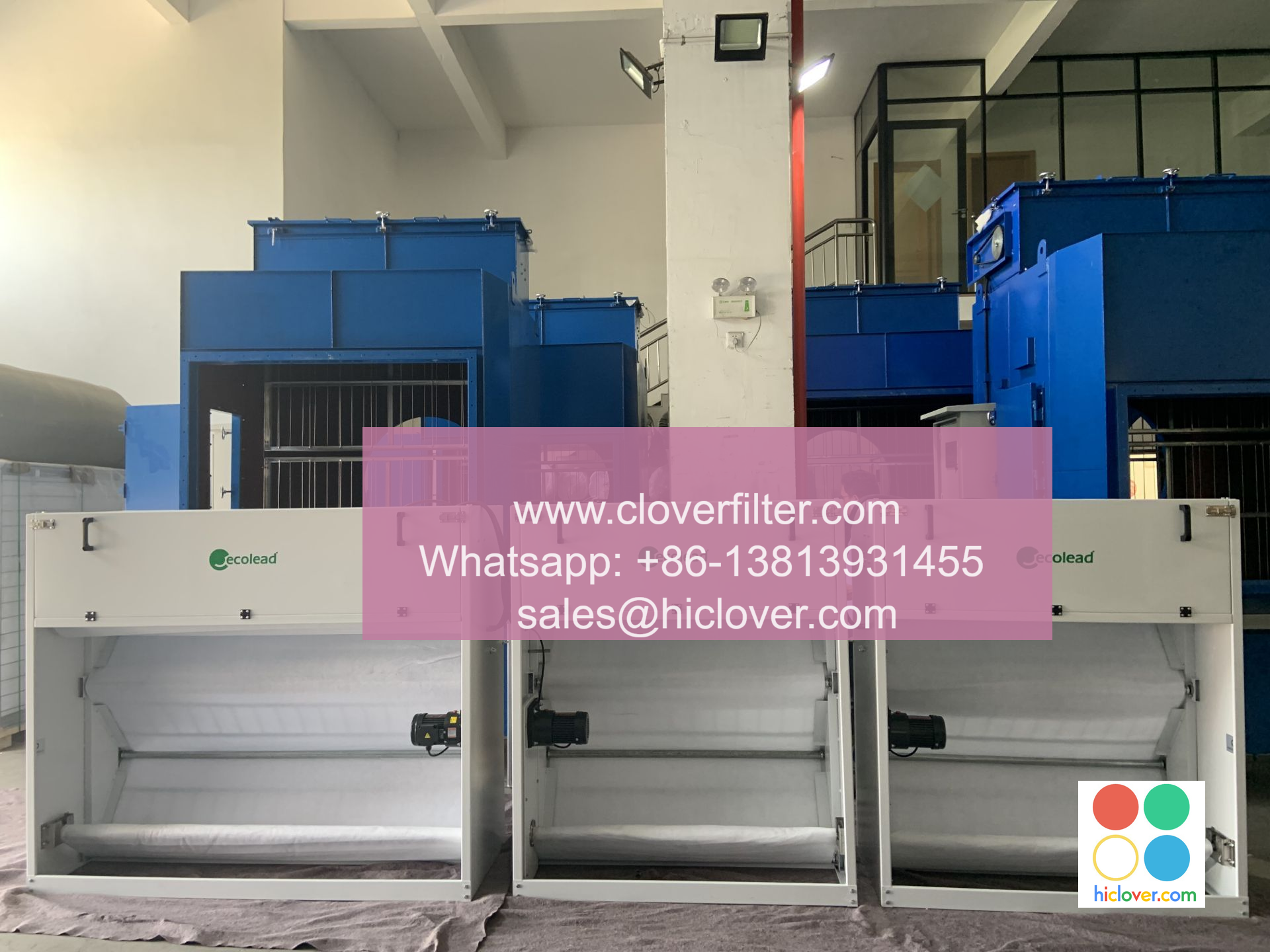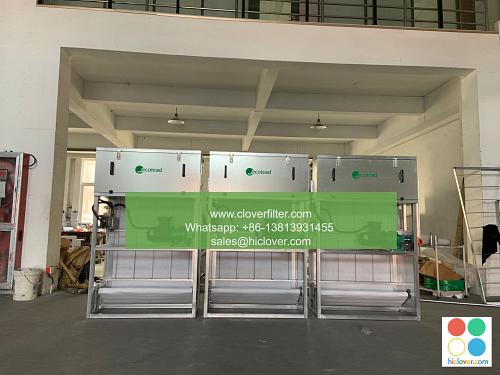Air Filter Testing and Validation: Ensuring Filter Performance Meets Specifications

Air Filter Testing and Validation: Ensuring Filter Performance Meets Specifications
Introduction
Air filters play a crucial role in various applications, including industrial processes, medical equipment, and HVAC systems. To ensure the performance and reliability of these systems, it is essential to validate the air filter’s ability to trap contaminants, regulate airflow, and maintain its efficiency over time. In this article, we will discuss the importance of air filter testing and validation, the testing methods, and the various application areas where air filter testing is critical.
Importance of Air Filter Testing and Validation
Air filter testing and validation are vital to ensure that the filter meets the specified performance requirements and does not compromise the overall system performance. Poorly performing filters can lead to:
- Reduced system efficiency
- Increased energy consumption
- Spread of airborne contaminants
- Equipment damage
- System downtime
- **Iso 16890: A widely accepted international standard for testing air filter performance
- ASHRAE 52.2: A standard for testing room air cleaning devices
- DOP (2.5-1) testing: A method used to test the efficiency of HEPA (High Efficiency Particulate Air) and ULPA (Ultra Low Penetration Air) filters
- Particle Counting: A method used to measure the number of particles in the air
- Infection control: Air filter testing is critical in medical facilities to prevent the spread of airborne pathogens, including bacteria, viruses, and fungi.
- Industrial applications: Cleanrooms, laboratories, and other industries that require high-purity air must use HEPA and ULPA filters, which need to be tested regularly to ensure their efficiency.
- HVAC systems: Air filter testing is essential to maintain indoor air quality, reduce energy consumption, and prevent system damage.
- Performing under Various Conditions: Air filter testing must be performed under different operating conditions to ensure that the filter performs as expected.
- Meeting Local Regulations: In some regions, air filter testing and validation are mandatory to comply with local regulations.
- Maintaining System Performance: Regular validation ensures that the air filter maintains its efficiency over time, preventing system downtime and associated costs.
- Ensuring Consistency: Ensuring that testing is performed consistently to obtain accurate results.
- Selecting the Right Test Method: Choosing the appropriate testing method for the specific application.
- Meeting Stringent Regulations: Complying with local regulations and standards.
Types of Air Filter Testing
There are several types of air filter testing methods, including:
Testing for Different Contaminant Removal
Different applications require different types of testing:
Why Validation is Key
Validating air filter performance is crucial to ensure that the system operates within the specified parameters. Some reasons why validation is key include:
Challenges in Air Filter Testing and Validation
Some challenges in air filter testing and validation include:
Conclusion
In conclusion, air filter testing and validation are essential to ensure that the air filter meets its specified performance requirements and does not compromise the overall system performance. Regular testing and validation help prevent wastage of resources, lower power consumption, and extends system lifespan.
I’d be happy to help with a prompt. What kind of prompt are you thinking of? Do you have a specific topic or idea in mind, or would you like me to suggest some options?

